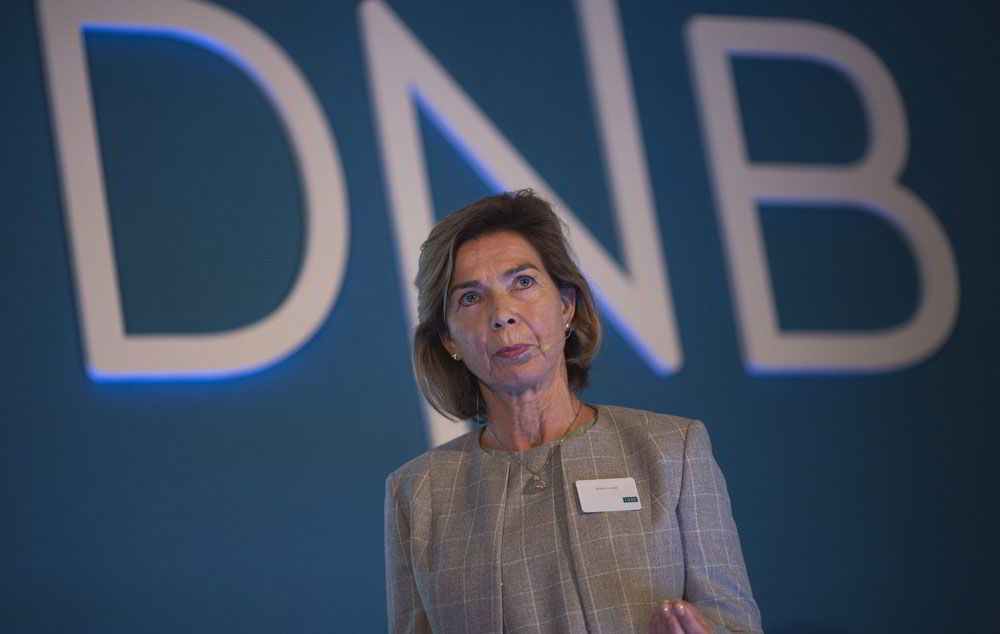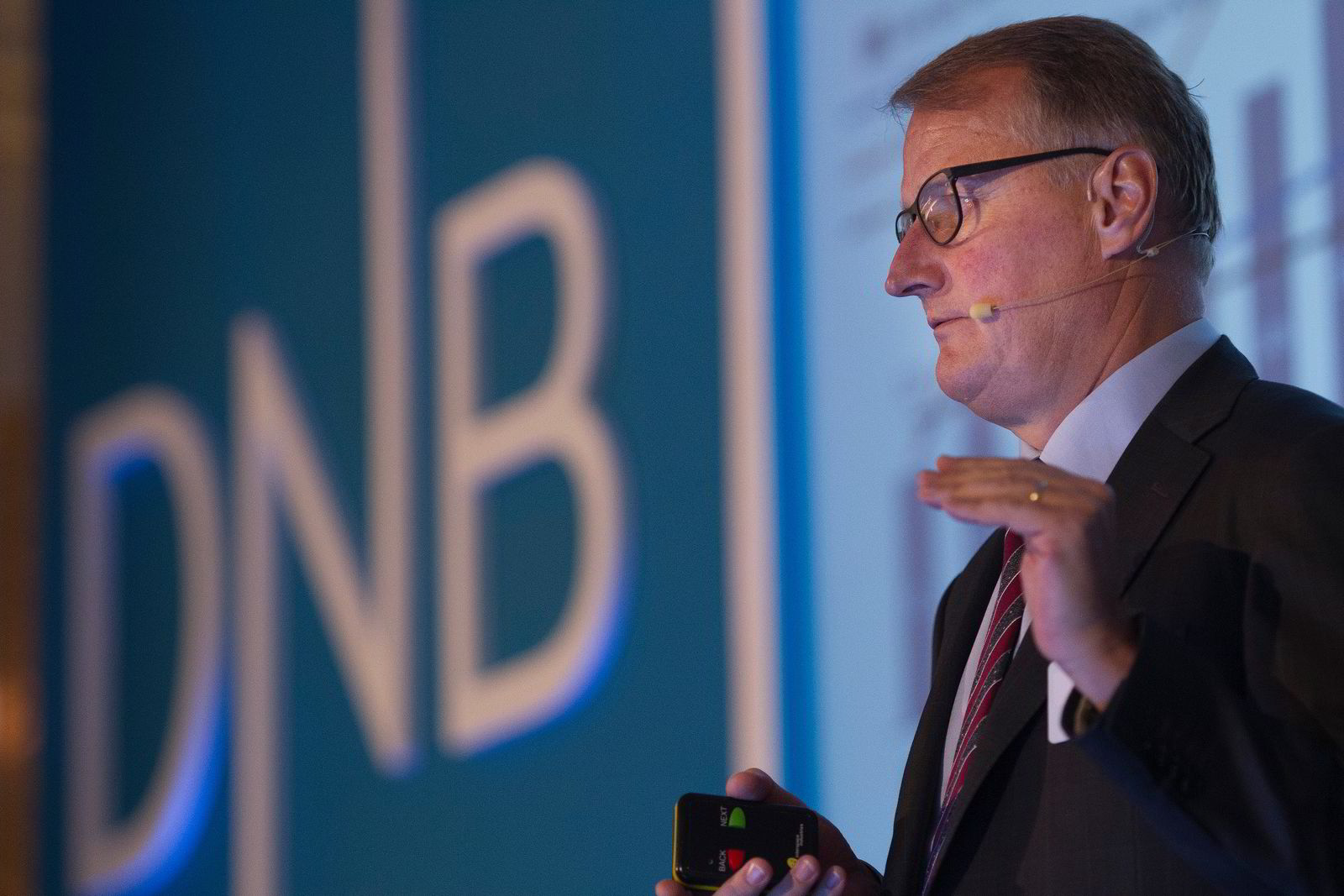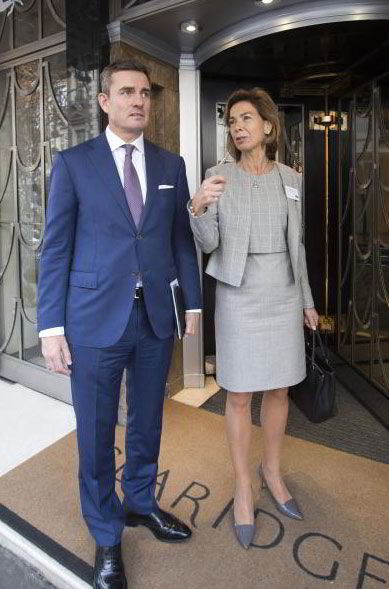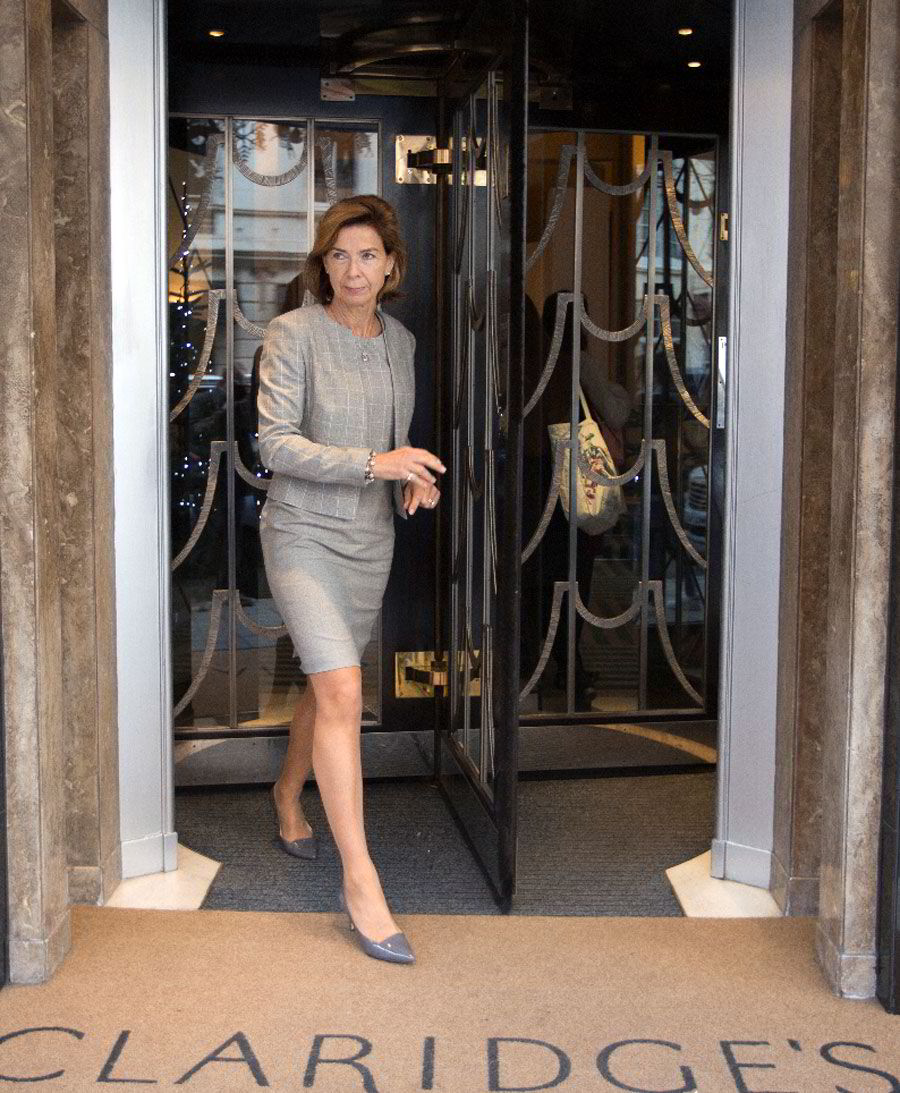DNB is making good progress in tackling the recapitalisation of troublesome offshore loans with the pace of provisions on non-performing shipping and offshore debt expected to slow.
Divisional head Kristin Holth told the bank’s capital markets day in London on Wednesday that it had seen a reduction in its exposure to both sectors and laid out its approach to tackling difficult situations.
DNB‘s exposure to drilling and offshore support vessel assets sits at NOK 53bn ($6.2bn), or 2.7% of the bank’s overall portfolio, according to figures presented yesterday. This compares to 3.2% of the book a year ago.
Offshore loans of NOK 19bn have already been recapitalised, Holth said. Around half of its OSV loans have been addressed, while more of the rig company workouts are still in progress, Holth noted.
“Overall good progress,” she said.
Holth explained: “We are financing companies with a fleet of units, not single assets, not stand alone projects.
“Our clients are often stock listed and have a diversified funding source. Having a broad range of options gives better flexibility to find good solutions when you are in a distressed situation.”
Holth said the first and second quarters of this year saw an increase in the number of offshore loans classified as high-risk or non-performing. “For offshore we expect more provisions going forward despite the migration levelling off,” she added.
Sharing the upside
Addressing the London audience, Holth pointed to Teekay and Dof as recent examples of recapitalisation projects undertaken by the bank.

“In nearly every case we see a combination of equity issue, postponement or conversion of bond debt and banks giving softer terms,” she said, noting DNB liked to play a lead role in the process.
“When possible we seek to be part of the upside potential, not just taking the downside,” she said. “So potential conversion of debt to equity is an important part of our toolbox.”
Not all about the oil price
Holth says a slowdown in the offshore market was underway before the oil price reversed, pointing to the Brazilian corruption scandal and an energy reform in Mexico as among the other headwinds.
“It’s not just about the oil price and that is why we think an increase in the oil price alone is not sufficient to revive the offshore sector,” she explained.
However, she feels the balance is moving in the right direction. “We are closer to the point in time where new development becomes profitable,” Holth said. “The increase in oil price we expect to see will then drive production.”
She suggested consolidation would play a role in the recovery, with the sector’s future expected to contain larger entities which are better placed to handle the scrapping of unwanted assets in a more dynamic way.
Shipping book smaller
DNB’s exposure to shipping is larger than its offshore interest. Its shipping book sits at NOK 109bn, or 5.7% of the bank’s overall business, the bank's presentation showed. This compares to 8% five years ago.

“This reduction is part of a strategy to obtain a leading portfolio and, over time, higher returns,” she explained.
Dry bulk and containers are the two largest segments of DNB's shipping book. However, individually they account for only a little over 1% of the bank’s total lending, Holth explained.
“There has been negative migration to high risk and non-performing loans and in both segments we see soft markets,” he said.
"So even though the pace has slowed, there will be some negative migration going forward.”
New strategic target
The capital markets day saw DNB set a longer target for it to reach a 12% return on equity. It is now aiming for 2019, rather than the 2016-2018 windows previously in its sights.
“That change is somewhat negative, although not completely unexpected," Sparebank 1 Markets analyst Nils Christian Oeyen said, according to Reuters.
In the first nine months of 2016, DNB's return on equity stood at 9.9%
At the strategy update the bank said combined lending losses from 2016 to 2018 could reach up to NOK 18bn.







